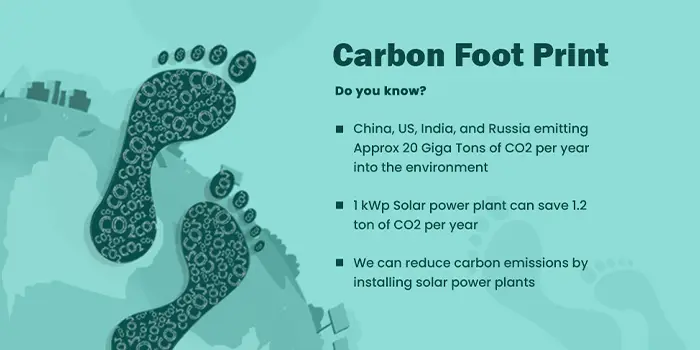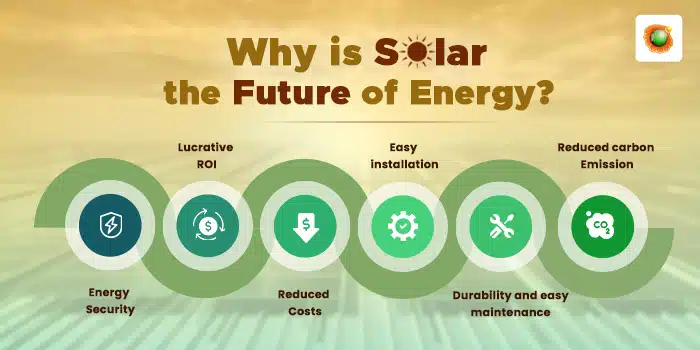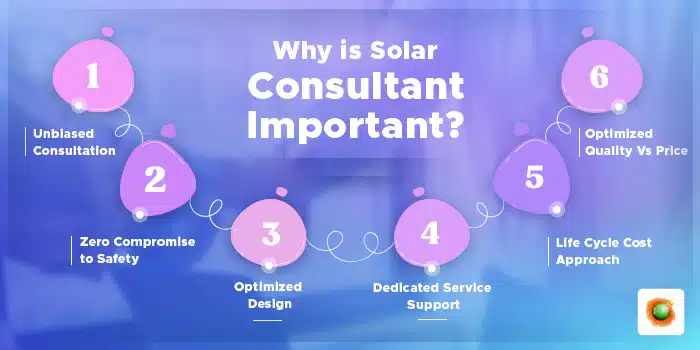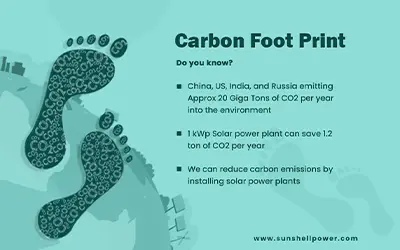

Our Blog
Our blog is where we share our knowledgeful insights about what we have learned so far


With the surge in demand for solar, the manufacturing costs have dropped to a great extent.
This has led the experts to predict that soon, solar and other renewable energy sources will be
a great way to shape the future of this world.
Over the last few years, solar energy has become a sought-after solution for sustainable and
healthy living in most countries. The first step towards gaining energy independence is
installing solar products like solar panels, solar batteries, etc., at home. This will allow you to
generate your power instead of relying on external sources.

The legal team with ready contracts and clauses to review, negotiate and resolve disputes after that along with a successful history and licenses, certifications, and accreditations.
A consultant ensures the provision of auxiliary services and components that are essential to a good quality solar project and its longevity.

Like every year, MNRE has announced the benchmark cost for grid-connected rooftop solar power generating systems (GCRTSPV system) in India. To regulate the GCRTSPV system’s price, MNRE sets a cap on the pricing by implementing the benchmark cost. The price is reduced to a record low. End customers are being affected, having received a more inadequate quality system, which results in lower ROI despite paying lower CAPEX. Some unethical System integrators are offering low-quality materials and low quality to give the system within benchmark cost

Solar Power is one of the renewable energy resources in the world. The sun’s radiant light and heat are harnessed by various technologies like Photovoltaic systems, solar thermal collectors, etc. The Earth receives 174 petawatts (PW) of solar radiation at its upper atmosphere. 30% of the energy is reflected in space, and the rest is harvested by cloud, ocean, land, etc. The spectrum of solar light at the Earth’s surface is mostly spread across the visible and near-infrared ranges with a small part in the near-ultraviolet.[6] Most of the world’s population live in areas with insolation levels of 150–300 watts/m2, or 3.5–7.0 kWh/m2 per day.
